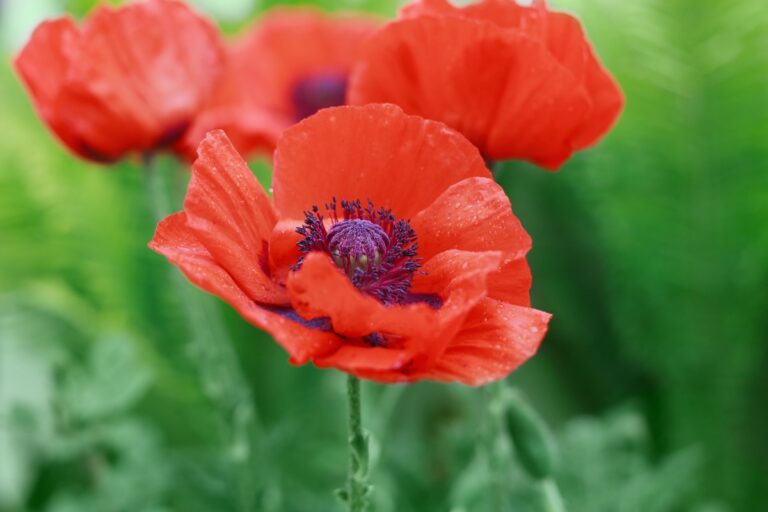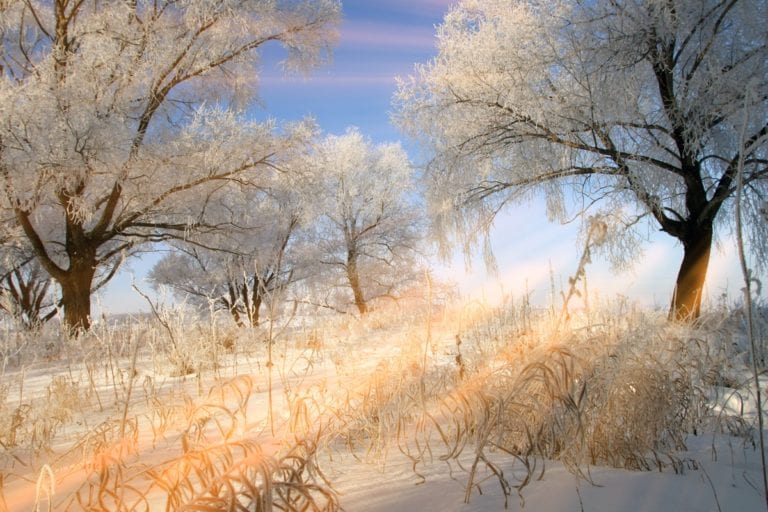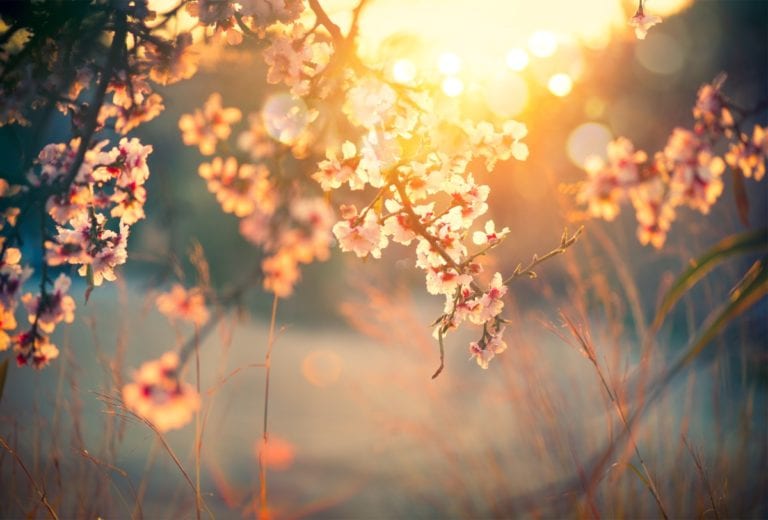October 2018 Meditation
If you prefer a meditation with visual images, here’s the YouTube link to the October meditation:
Meditations, experiments, books and guided meditations to assist with nourishing spirituality, healing childhood wounds, and living more consciously.
Meditations, experiments, books and guided meditations to assist with nourishing spirituality, healing childhood wounds, and living more consciously.

If you prefer a meditation with visual images, here’s the YouTube link to the October meditation:

This month, we expand the everyday relationships you have with the world around you. Imagine you go to a store–notice how it is to recognize that when you enter the store, you are immediately in relationship with it. You have joined the community of presences that comprises the store. Take a moment to offer gratitude and blessings to the store and to everything and everyone within it, acknowledging within yourself the inevitability of relatedness, of community, every time you move in and out of a particular space, be it a store, a park, a recreational environment, any building–anywhere at all…
Please remember never to listen to guided audio meditations while driving or using dangerous machinery.
If you’d rather see images of nature as you meditate, here’s link to the youtube version…

I’ve noticed that I haven’t generated a new practice since September of this year. In that last practice, I described the journey and impact of losing one of my feline family members to kidney disease, a genetic condition that he shares with many members of his family. I described the deepening I experienced during and after the four-month-long process my beloved boy-cat and I engaged as he moved through his dying process. His two sisters are still here, and the difference in the energy and tone of our little family is powerfully changed by his absence.
As these post-death months have moved along, I found myself moved to create videos on multidimensional living, videos that offer information about the way that I move through the world from a multidimensional perspective. This shift in focus arose after what I thought was going to be an inner journey to connect with my optimal future self. Instead, I connected with what I think is more accurately described as an alternate self.
The idea of alternate selves arises from current thinking about the possibility that we live in a multiverse where there are many versions of ourselves co-existing within different versions of reality. The idea of a multiverse resonates with some people and appears ridiculous to others. Whatever your response, one of the ways I would think about this from a guided imagery or hypnotic perspective is that both alternate selves and optimal future selves can be metaphors through which we can tap into new body states, new states of mind, new responses.
The way this all makes sense to me is that I think, or probably believe at this point, that we live in an “information universe”, where information comes first and then becomes energy and form that resonate and shape themselves in response to the new information. For me, these kinds of journeys allow my bodymind to access new information which then becomes the prompt that supports reorganizing my experience and ways of being. Often, these journeys have opened up surprising new possibilities for me that draw on resources I hadn’t known were available. Posting videos on multidimensionality is one of these surprises.
I’m not sure how many more of these practices I’ll be posting, so they may continue to be sporadic, as I find my creative energy moving in somewhat unexpected directions. I’ve offered weekly practices for many years and have enjoyed the opportunity to ponder, explore, and share possibilities through them. So, my intention is to continue, but it’s not lost on me that it’s been quite a gap between this one and the last.
For this practice in conscious living, I invite you to play with the more quantum-oriented possibility that the process of generating intentions and the probabilities they engage is accessible to you. One of the things I’ve been asking people to play with is to say each day, “I am receiving and living into my optimal life.” An important part of this practice is to then get out of the way and allow yourself not to know what this means or what it will bring. Staying out of the way mentally allows for a deeper receptivity.
Then, along with allowing yourself not to know, another step along the way is to stay open for thoughts, flickers of awareness, new ideas, unexpected interest in something you hadn’t thought about before. All these are examples of intuitive awareness dropping in. The next step is to pay attention to these kinds of intuitive flickers and tickles in the back of your mind and to notice which ones you want to explore more deeply or respond to in some other way. For me, these new awarenesses often arrive when I wake up in the morning. They are just there, as if I had always known them.
As with all these practices, please remember to bring along curiosity as your constant companion and to pat gently on the head any judgments that may arise, allowing them to move on through without your having to do anything with or about them. Please also remember to allow mixed feelings, as they are a natural aspect of your underlying wholeness.
Here’s the audio version of this practice if you’d rather listen to it.

If you’d like to experience this guided meditation with images, here’s the youtube version: https://youtu.be/bT-DbKga6nc